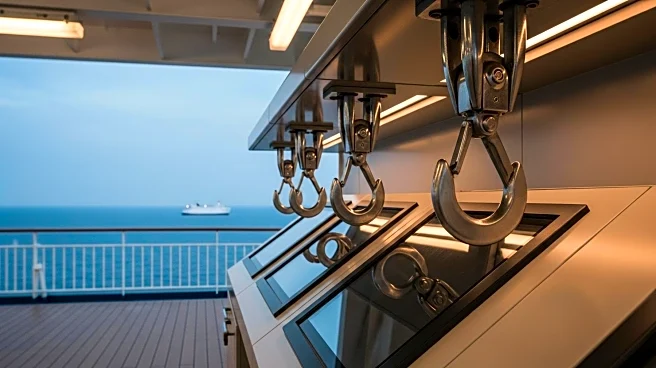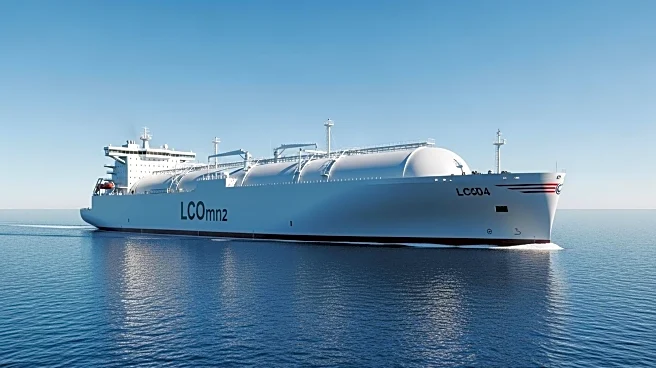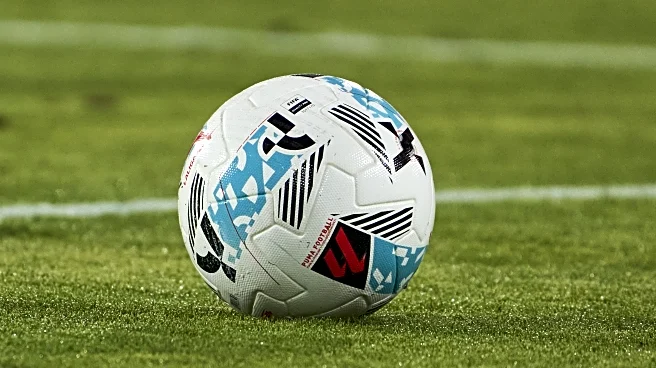What is the story about?
What's Happening?
BC Ferries has implemented a new safety system across its fleet of 38 ships, featuring the Henriksen HLH 3500 rescue boat and liferaft hook. This system, known as the Descent Control System (DCS), aims to improve fall protection during the high-risk activity of launching boats at sea. The DCS allows rescue crews to clip onto a webbing line controlled by an auto belay unit, ensuring safe descent to sea level. The Henriksen hook automatically disconnects the boat from the fall line once it is floating, allowing crew members to unclip and proceed with their mission. The system is designed to safely lower crew members to the water in case of an emergency during descent or ascent. Manufactured in the USA by Head Rush Technology, these units utilize magnetic braking and are commonly used in rock climbing gyms. The system was inspired by climbing wall belaying units used on cruise ships, and after extensive testing, it was approved for use by Higginson Engineering, meeting British Columbia's Occupational Safety and Health Regulations.
Why It's Important?
The integration of the Henriksen hooks into BC Ferries' safety system represents a significant advancement in maritime safety protocols. This development is crucial as it addresses new SOLAS regulations requiring hooks to be capable of release under specific conditions. The previous hooks used by BC Ferries are no longer in production, necessitating this upgrade. The adoption of the DCS enhances crew safety during rescue operations, potentially reducing the risk of accidents and injuries. This innovation could set a precedent for other maritime operators to follow, improving overall safety standards in the industry. The use of readily available off-the-shelf parts for the system also highlights a cost-effective approach to meeting regulatory requirements, which could benefit other operators facing similar challenges.
What's Next?
BC Ferries may continue to monitor and assess the performance of the Descent Control System to ensure its effectiveness and reliability. Further improvements or adaptations could be made based on feedback from crew members and operational experiences. Other maritime operators might consider adopting similar systems, especially in light of evolving safety regulations. The success of this system could lead to broader industry acceptance and implementation, potentially influencing future safety standards and practices. Additionally, ongoing collaboration with manufacturers like Head Rush Technology could lead to further innovations in maritime safety equipment.
Beyond the Headlines
The introduction of the Descent Control System by BC Ferries not only enhances safety but also reflects a growing trend towards utilizing technology from other industries, such as rock climbing, in maritime operations. This cross-industry innovation could pave the way for more creative solutions to safety challenges, encouraging collaboration between different sectors. The system's reliance on off-the-shelf parts also raises questions about the balance between customization and standardization in safety equipment, potentially influencing future design and manufacturing strategies.
AI Generated Content
Do you find this article useful?















